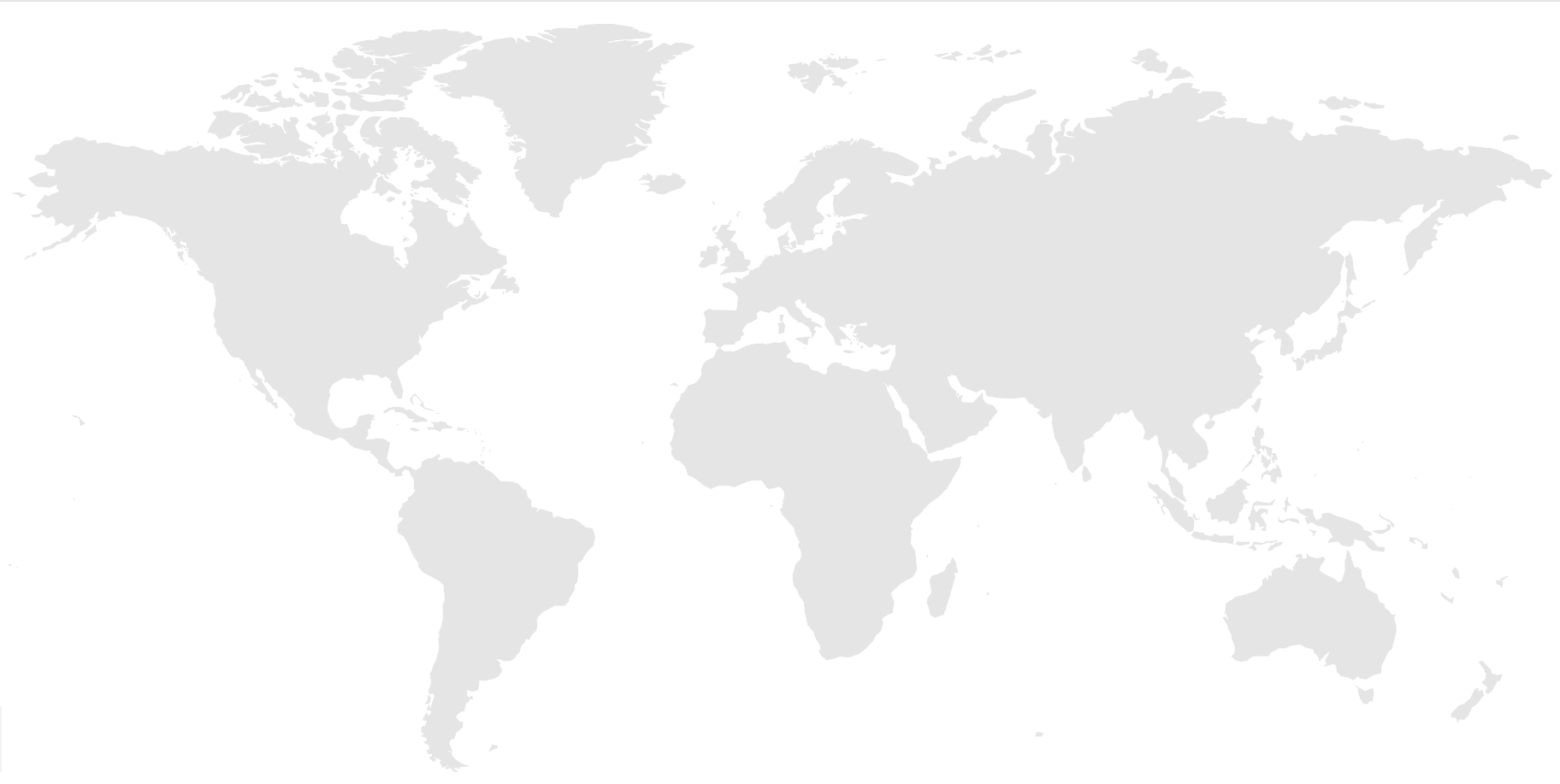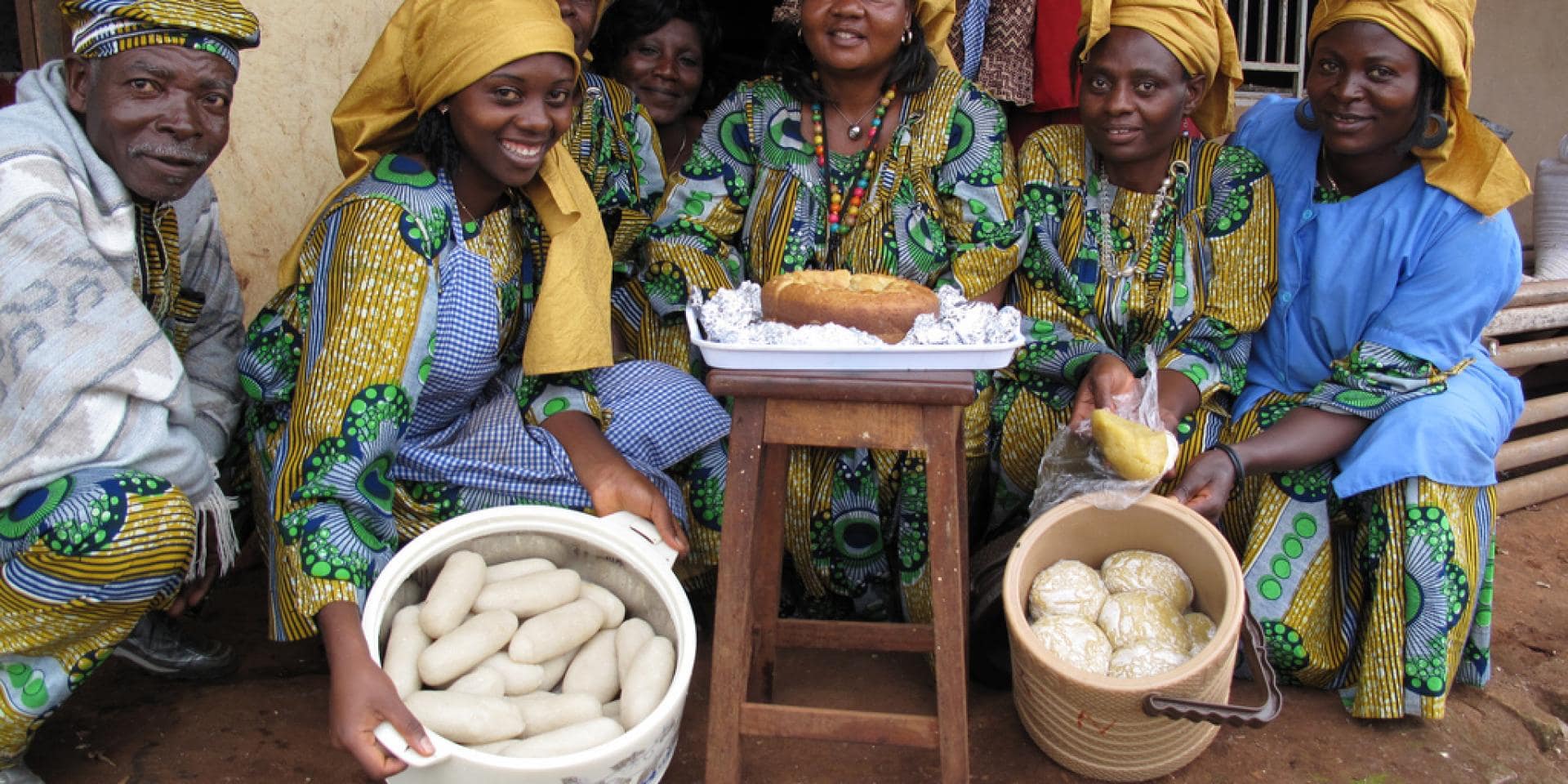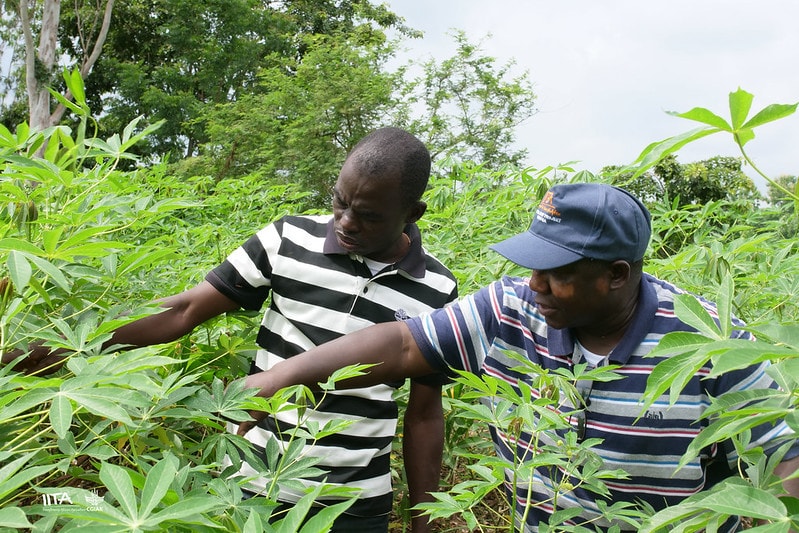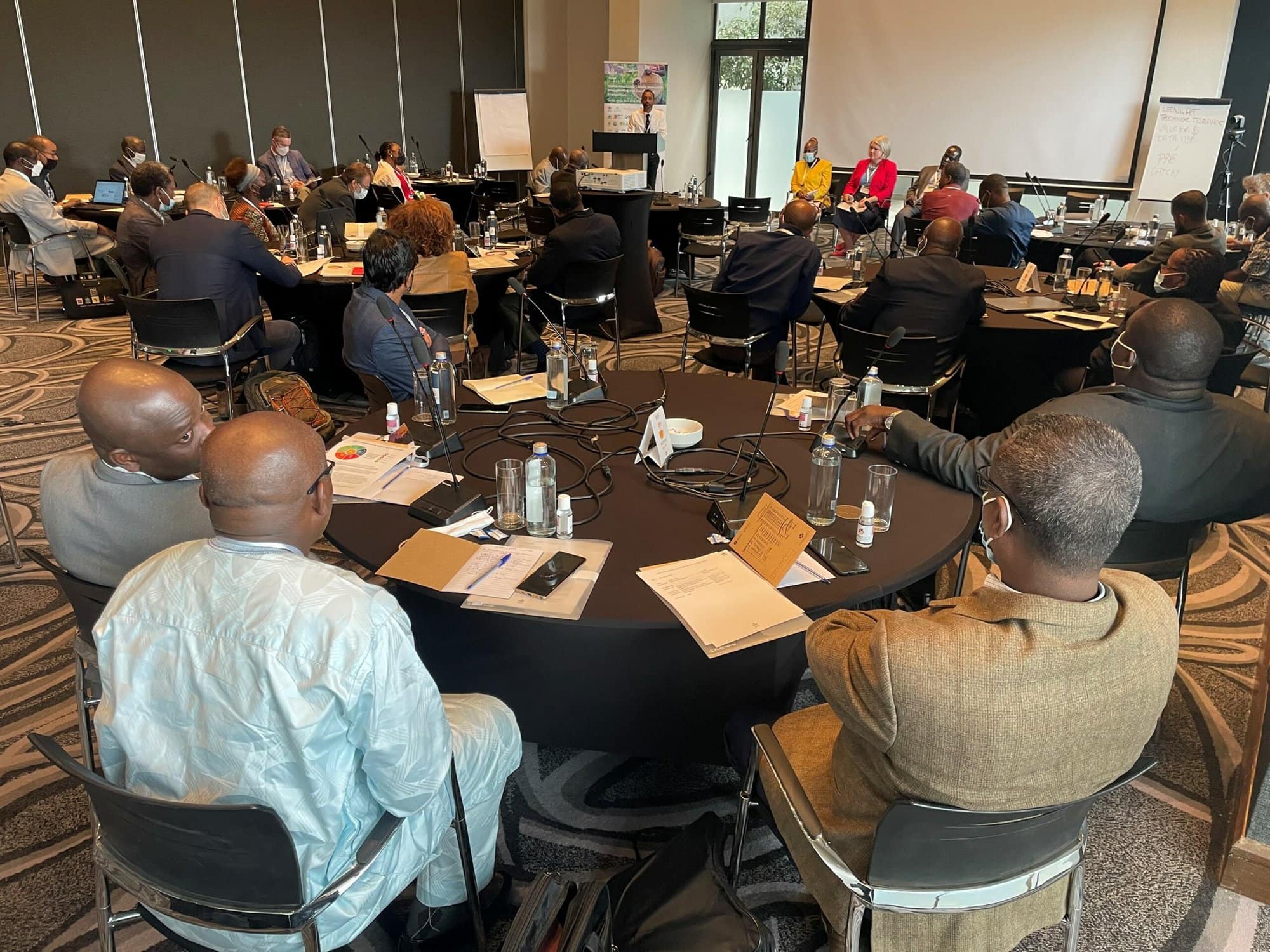CGIAR has a unique global mandate for developing crucial crops as international public goods. Accelerated Breeding is driving cultural transformation within CGIAR collaborative breeding networks, enabling delivery of new in-demand varieties, faster and more collaboratively. Building on Excellence in Breeding achievements, programs now employ a breeding pipelines inventory, associated market segments, target product profiles, agreed stage gates, and joint genetic gain assessments. The pace to systematically strengthen capabilities and partnerships is accelerating to deliver toward national, CGIAR, and SDG goals.
Amidst growing food needs and shifting market demands, smallholder farmers in Africa, Asia, and Latin America face increasingly erratic weather, pests, soil degradation, and crop diseases. But too many farmers still use outdated varieties that cannot meet these challenges. Modern breeding approaches offer opportunities to better align research with the needs of farmers and consumers, and apply tools and technology to redesign breeding processes to increase rates of genetic gain.
CGIAR breeding has a rich history of producing game-changing varieties, and a vast partnership network across 135 countries. Continuing the foundational work of CGIAR Excellence in Breeding (EiB), the Accelerated Breeding community is driving a cultural transformation within CGIAR breeding networks, enabling the development of new in-demand varieties, faster and more collaboratively.
“We are witnessing a transformation in CGIAR crop breeding, with Centers and NARES working more closely through demand-driven product profiles and integrating novel tools to increase genetic gains more widely. Maize is developing much better varieties faster. Smallholder farmers will be the beneficiaries of these changes and greater synergies.” — B.M. Prasanna, Director, Global Maize Program, CIMMYT & CGIAR OneMaize Breeding Program Lead
This transformation begins with sharpening breeding’s primary aim — the goal is now squarely on improving genetic gain for farmer- and market-demanded varieties, to replace outdated varieties. Programs are integrating market intelligence within breeding targets to better meet farmers’ and consumers’ needs in distinct target regions. Decisions are backed by the first-ever comprehensive mapping of breeding pipelines to target market segments, across the entire CGIAR breeding portfolio of 21 crops and forages. Breeders have begun to use product profiles to ensure the next generation of plants meets increasingly better described climate, nutritional, and food quality needs.
Countries’ insights are crucial in right-sizing these targets and are intensely discussed through breeding networks. For example, the International Institute of Tropical Agriculture improved product profiles for cowpea, cassava, maize, and yam across West and Central Africa. Centro Internacional de la Papa (CIP) did similar for potato and sweet potato in East and Southern Africa. TPPs will guide breeding decisions within networks, delivering varieties with much greater likelihood of both adoption and impact.
During 2021–22, breeders agreed on single approaches to stage-gating breeding pipelines and estimating genetic gain rates — across Centers, crops, and traits — to better assess and overcome bottlenecks to developing in-demand varieties faster. CGIAR teams are optimizing breeding schemes, with many reporting substantive changes ready to dramatically increase rates of genetic gain per dollar invested.
Accelerated Breeding supports this shift through simulation and breeding pipeline management tools built on quantitative genetics principles. For example, the International Rice Research Institute (IRRI) has optimized parental selection, crossing, and variety evaluation for all nine pipelines in the OneRice breeding strategy. Scientists are also becoming more experienced in implementing genomic selection — using genomic fingerprints of the entire breeding population to make selection decisions. For example, genomic selection is integral to the International Maize and Wheat Improvement Center (CIMMYT) developing multi-stress-tolerant maize in Africa and zinc-biofortified wheats for Asia. These are only some of the changes; there is potential for much more.
And finally: collaboration and cohesion. Accelerated Breeding brings CGIAR breeding together, working across crops and Centers. Teams work closely with NARES to identify the most impactful targets and better capitalize on each other’s strengths. Joint program assessments — so far executed with 38 national breeding programs — and joint capacity-sharing drive the process. At the high level, research leaders from over a dozen African countries worked with CGIAR leaders to map out collaboration principles on national program improvement and deliver new varieties faster to smallholders. The International Center for Agricultural Research in the Dry Areas (ICARDA) implemented a similar process in the Central and West Asia and North Africa region.
To combat poverty, malnutrition, and climate change, farmers need diverse and continually improving crop varieties. With 303 varieties released by partners in 2022 alone, CGIAR breeding networks are on their way to delivering the climate-resilient and gender-intentional varieties needed. And the new culture means breeders are asking, “How can we deliver even greater benefit to farmers and consumers?” With this culture of transformation, CGIAR-NARES programs are institutionalizing tangible changes to deliver real impact.
References:
- Definition of the portfolio of distinct, achievable TPPs, by all CGIAR breeding programs, provides the basis for collaboratively assessing and agreeing on the most impactful CGIAR breeding targets. CGIAR Dashboard Result 348.
- Signed Aide Memoire. High Level Sub-Saharan Africa NARES–CGIAR meeting on Genetic Innovation. Nairobi, Kenya. 28 June 2022. Demonstrating agreement on principles and improved collaboration.
- A new approach aligns genetic gain assessments of CGIAR breeding pipelines across crops and traits, providing a tool for monitoring the impact of breeding pipeline optimization efforts. CGIAR Dashboard Result 346.
- Covarrubias-Pazaran, et al. 2022. Breeding Schemes: What Are They, How to Formalize Them, and How to Improve Them? Frontiers in Plant Science.
- Covarrubias-Pazaran, et al. 2021. Strengthening Public Breeding Pipelines by Emphasizing Quantitative Genetics Principles and Open Source Data Management. Frontiers in Plant Science.
Header image: CGIAR breeding expert examines new crop varieties at network breeding facility in Uganda. Photo by Jjumba Martin, EiB/CGIAR.













